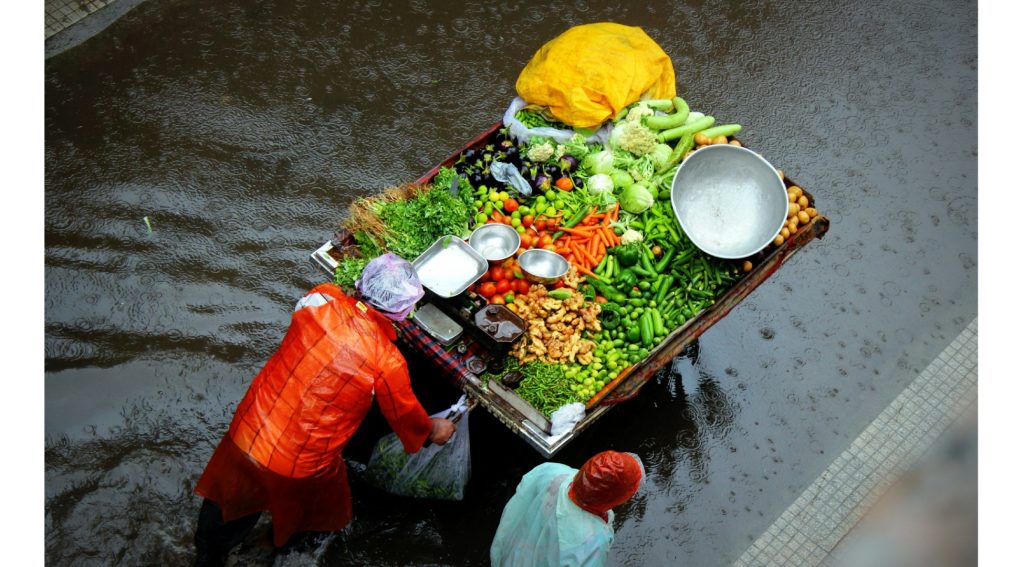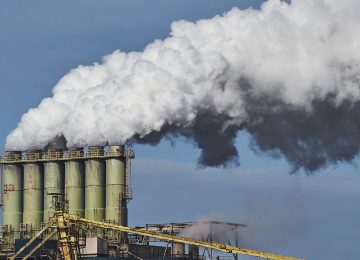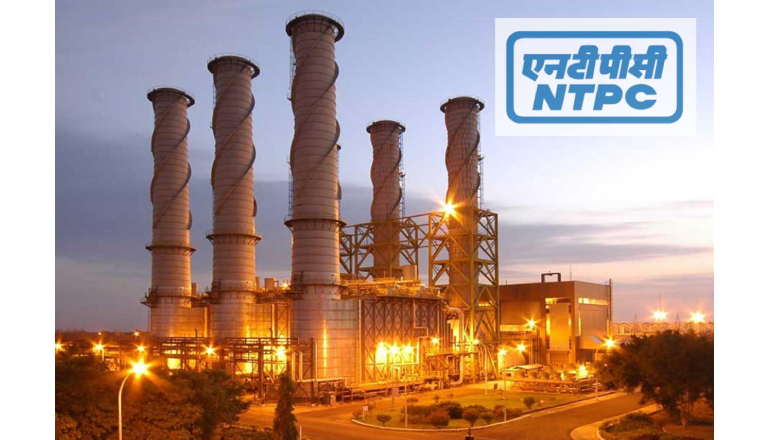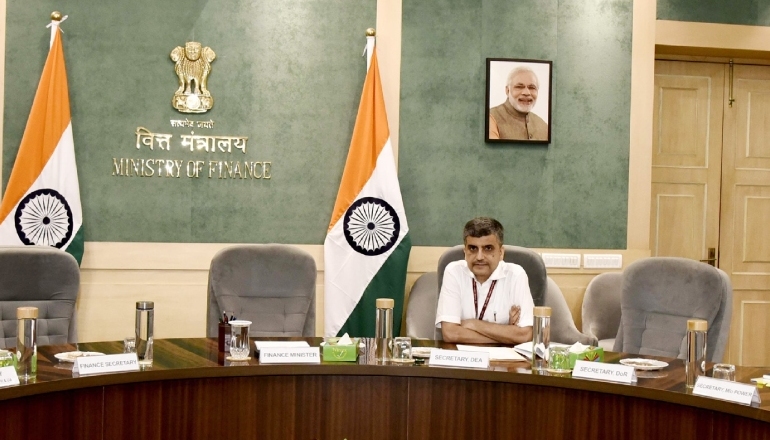India’s 2025 monsoon, delivering 108% of the long-period average with record extreme weather events, presents a significant and asymmetric risk to the agricultural sector and aligned industries. Short-term regional gains cannot offset the systemic threat of climate volatility. Its erratic and destructive nature directly jeopardizes supply chains and price stability. This exposes a critical vulnerability: our underprepared agricultural infrastructure, which now threatens broader economic resilience.
Some data:
- The 2025 monsoon delivered 937.2 mm of rain, surpassing the normal 868.6 mm, the fifth highest since 2001.
- Northwest India saw rainfall at 127% of the norm, the highest since 2001; East and Northeast India, however, recorded deficit and dryness, reflecting a stark spatial imbalance.
- There were 1,528 climate-related deaths in the past season, largely due to extreme rainfall and associated hazards.
- Flash floods, landslides, and prolonged wet spells impacted large swathes of the north and central regions, while delayed and erratic rains stressed crops in the east.
Repercussions:
The monsoon’s growing volatility is systematically undermining the foundation of India’s agricultural sector. With the majority of cropland entirely rain-fed, this climate instability is no longer a peripheral concern but a central risk to national food security and price stability, with direct and severe repercussions.
- Over 65% of India’s farmland is monsoon-reliant. The unpredictability is upending crop calendars, harming yield stability.
- Regions like Maharashtra and Punjab face risks of crop destruction from both overabundant rain and localized droughts.
- Major cereals (rice, maize), pulses, and cotton are increasingly exposed to both excess moisture and dry shocks, elevating food security concerns for states forming the grain basket (e.g., Uttar Pradesh, Bihar, West Bengal, Odisha).
- Food inflation spikes as supply chains are disrupted; in 2024, vegetable prices rose 10–25% and the Consumer Food Price Index reached a 57-month high of 10.87% due to monsoon anomalies.
The economic ripple effects of an increasingly volatile monsoon expose a critical and persistent vulnerability in India’s growth model.
Though agriculture’s direct contribution to GDP has contracted to approximately 18% as of the latest fiscal year, its role extends far beyond this metric. As the bedrock of rural employment and consumption, sustaining nearly half the populace, its vulnerability means that climatic shocks now systematically threaten broader macroeconomic stability.
The traditional narrative of a “strong monsoon” as an unambiguous positive has been inverted; today’s extremes damage crops, disrupt logistics, and inject volatility into commodity markets. Although mitigation measures like improved irrigation and insurance exist, they are proving to be a fiscal band-aid rather than a cure, as heightened volatility drives up both insurance claims and government disaster outlays. Ultimately, the much-discussed structural decoupling of the farm sector from the wider economy remains dangerously incomplete, leaving India’s financial system, complex supply chains, and export ambitions perpetually sensitive to the next monsoon disruption.
Surging climate deaths
Beyond infrastructure and economic damage, the climate crisis is exacting a devastating human toll, with climate-related fatalities surging to a record 3,200 in 2024. The leading causes—lightning and, most critically, debilitating heatwaves—now represent a direct and growing threat to the health of the national workforce and the stability of key regional economies.
- Fatalities from extreme weather events, including floods, heatwaves, and cyclones, are at historical highs.
- Between 2022 and 2024, over 9,000 deaths were attributed to climate-related disasters in India, peaking at 3,200 in 2024—up from 2,923 in 2023 and significantly higher than the early 2000s when the annual toll was under 1,000.
- Lightning and heatwaves are now the largest killers, with heat-related deaths surging due to the growing number and severity of heatwave days—Punjab and Uttarakhand reporting averages of up to 22 in 2024.
Global parallels:
The World Meteorological Organization’s projection of an almost certain breach of key climate thresholds before 2029 signals a decisive shift in the global risk environment.
This imminent escalation in global temperatures and precipitation extremes is no longer a theoretical future risk but a present-day driver of tangible economic damage. And, directly responsible for the destructive floods, droughts, and crop failures that are now disrupting major economies and supply chains worldwide.
Hong Kong: Typhoon then Heat – A Warning
In September 2025, Hong Kong’s encounter with Super Typhoon Ragasa—the city’s ninth typhoon of the year, followed within a mere 72 hours by a severe heat alert.
The rapid succession from one extreme weather event to another exemplifies a new order of climate volatility. The incident serves as a critical case study, demonstrating that resilience must now be defined by the capacity to manage cascading, multi-hazard exposures.
Our take: building resilience
Navigating a future defined by climate volatility requires a systemic upgrade to our economic and social infrastructure.
The lessons of 2025 make it clear that a reactive posture is untenable.
Building resilience now depends on a four-pillar strategy: a) deploying climate-adapted infrastructure, b) transitioning to shock-proof agricultural models, c) institutionalizing robust disaster intelligence systems, and d) deepening international cooperation to manage transboundary climate risks.













